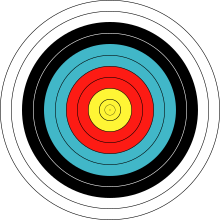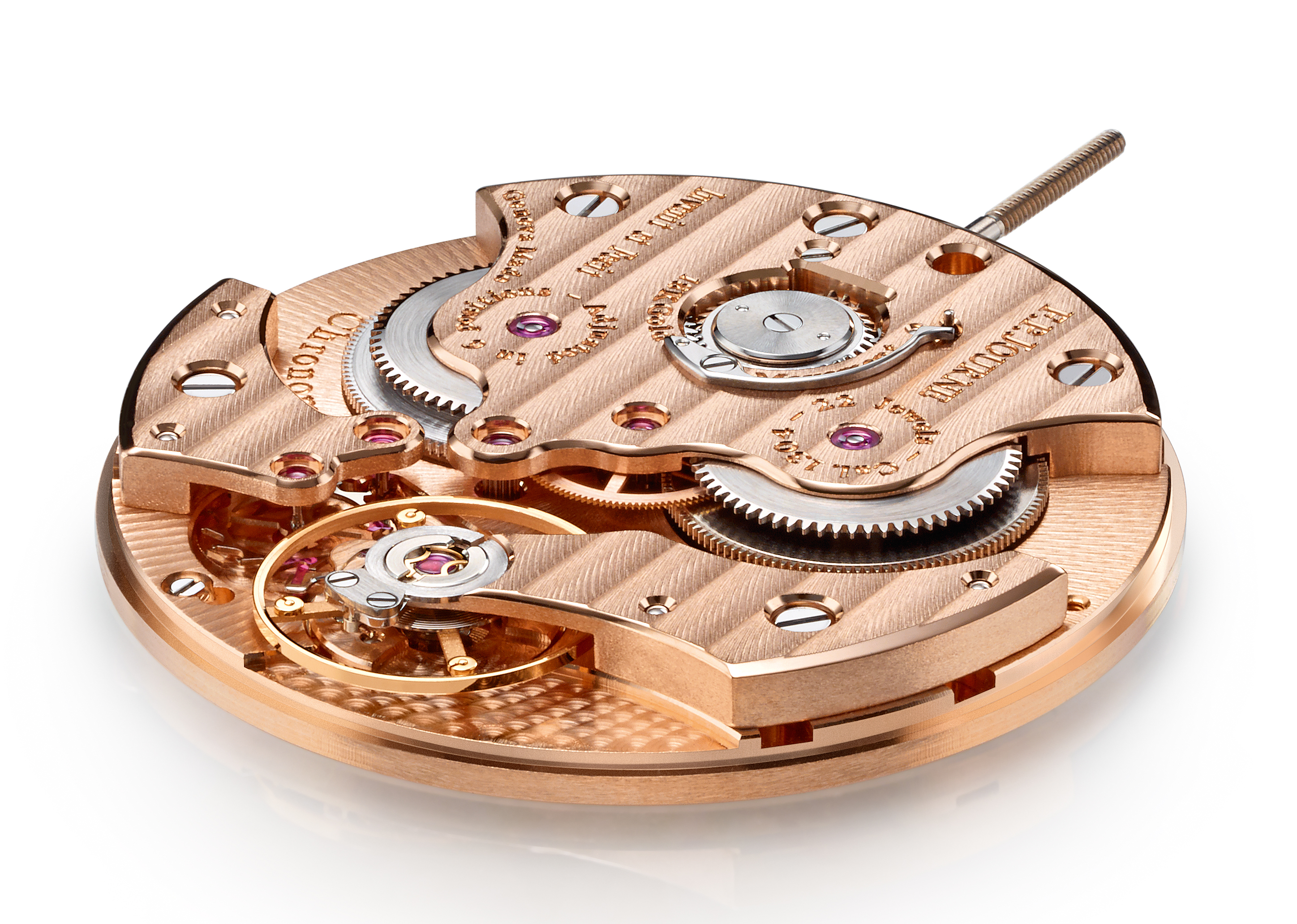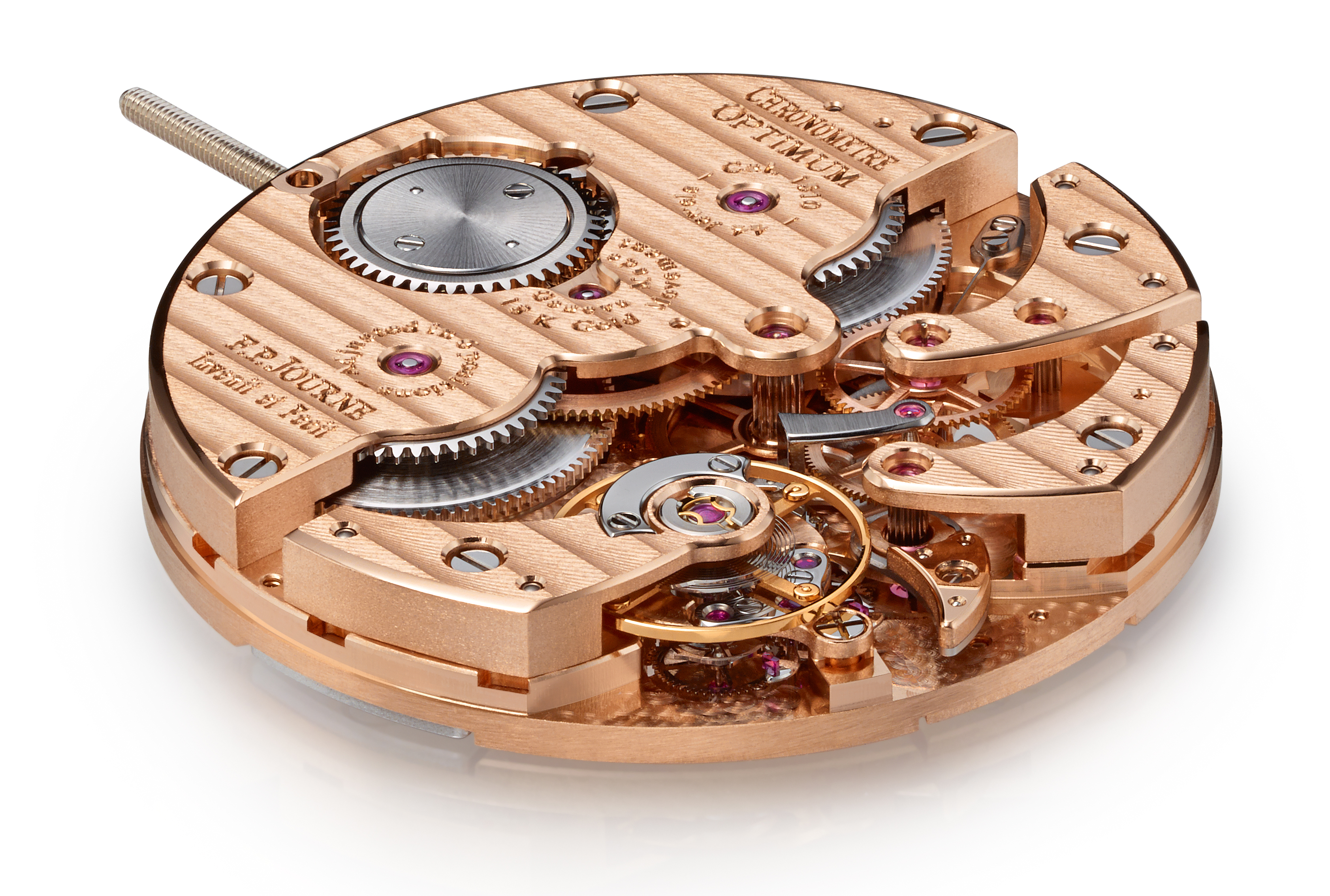“Accuracy” and “Precision” are two words that have cherished value to watch connoisseurs yet, often get lightly interchanged with the impression that they mean the same thing, which they don’t. Different, not entirely related, but in a perfect world the goal is to have both when it comes to a watch.
Outside Watches
Perhaps the best way to describe the two would be to picture a bullseye at a range of some sort as below:

The obvious goal is to get all your shots straight in the center but let’s evaluate four different scenarios, using 4 shots per round.
A) Scattered shots in the outer white ring: In such a case you would not be accurate nor precise.
B) 4 shots in close proximity to each other but in the outer white ring: Precise but not accurate.
C) Scattered shots in the yellow zone: Accurate but not precise.
D) 4 shots in close proximity and all in the yellow zone: Accurate and precise.
You can conclude that accuracy focuses more at a general level and you could be accurate but have no idea what you are doing. On the other hand, it is far more difficult for someone to repeat the same exacts shot all in a row, which generally shows signs of more skill than the former.
Relating to Watches
When it comes to watch movements, the two terms can be related to in a similar manner. Take a watch movement and sync it at 10:00:00 and observe it. Let’s say that at the first observation, it gained +4 s/d and at the second it gained an additional +2 s/d leaving it at a total of +6 seconds. On the third observation, it was recorded at -6 seconds. In the end, your watch would be displaying a completely synced time, making it accurate however, the fact that the rates where inconsistent means it wasn’t very precise.
More directly, a watch that shows rate changes of +3, +6, -3, +2, over four days is far less precise than a watch that has a consistent rate of +2 s/d over that same period.
For a watchmaker, the goal is to have ultimate precision first. Even with a watch that consistently gains +10 s/d, it is more preferred as the “fix” would be to simply adjust the regulator. However, having inconsistency in your readings would indicate that there is instability and the problem far exceeds the solution of a simple regulation. In such a case, there is a problem with the energy flow within the movement and could even be a sign of a poorly made movement.
Regulation Standards
Sometimes, brands will be very open about their testing standards; i.e. to what range do they regulate their watches. As an example, the COSC testing uses a range of -4/+6 s/d. The ultimate goal is to have a watch with no deviation at all but for a mechanical watch, that is never the case. What we can say is that the smaller the range is, the more accurate the watch will be; adding the more consistent the results are, the more precise the movement is.

According to Journe, the most stable movement he makes.
Personal Comments
I have met my fair share of enthusiasts who closely observe the timekeeping of their watches, noting that some are far more extreme and unforgiving than others. I admit, at one time I was also obsessing over these tests but found myself not enjoying my watches so much. I wasn’t getting very poor results but I was also pushing for no deviations at all which set extremely ridiculous standards for myself and my timepieces. I have thus, for a long time, been completely careless with testing my watches. For starters, I rarely depend on my watch to tell time as wherever I look, there is always something far more efficient (car nav, phone, computer, etc.) to extract the time from.
In addition, while I used to spend 2 minutes setting my watches precisely in sync, I have long given up on that too. Obsessing over such a detail is very difficult for me to keep up with as my watches don’t hack. All in, do I really want to spend at least 3 minutes to set my watch, which I will be upset over if it is 5 seconds ahead, to which I will wait 3 weeks to send it to the factory for a regulation? Not worth it. The best thing is to just enjoy the piece unless I have a serious problem which would make my watch look significantly different over 5 days.
So why this article? I told you I stopped caring over testing my watches and that remains true. However, I had brought a few questions to FPJ not long ago (which might be posted later) and his answers made me curious. You see, the brand does not reveal their regulation standards which is quite bizarre for a company that claims extremely precise timepieces; yet his response was so confident that it made me curious. I went home and figured, why not test whatever watch I was wearing for fun, and I did. The results were extremely satisfying actually with this particular test example having a deviation of -1 s/d, over 4 days consistently. Needless to say, I was motivated and excited enough to put this together.
